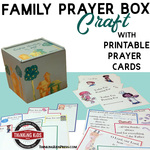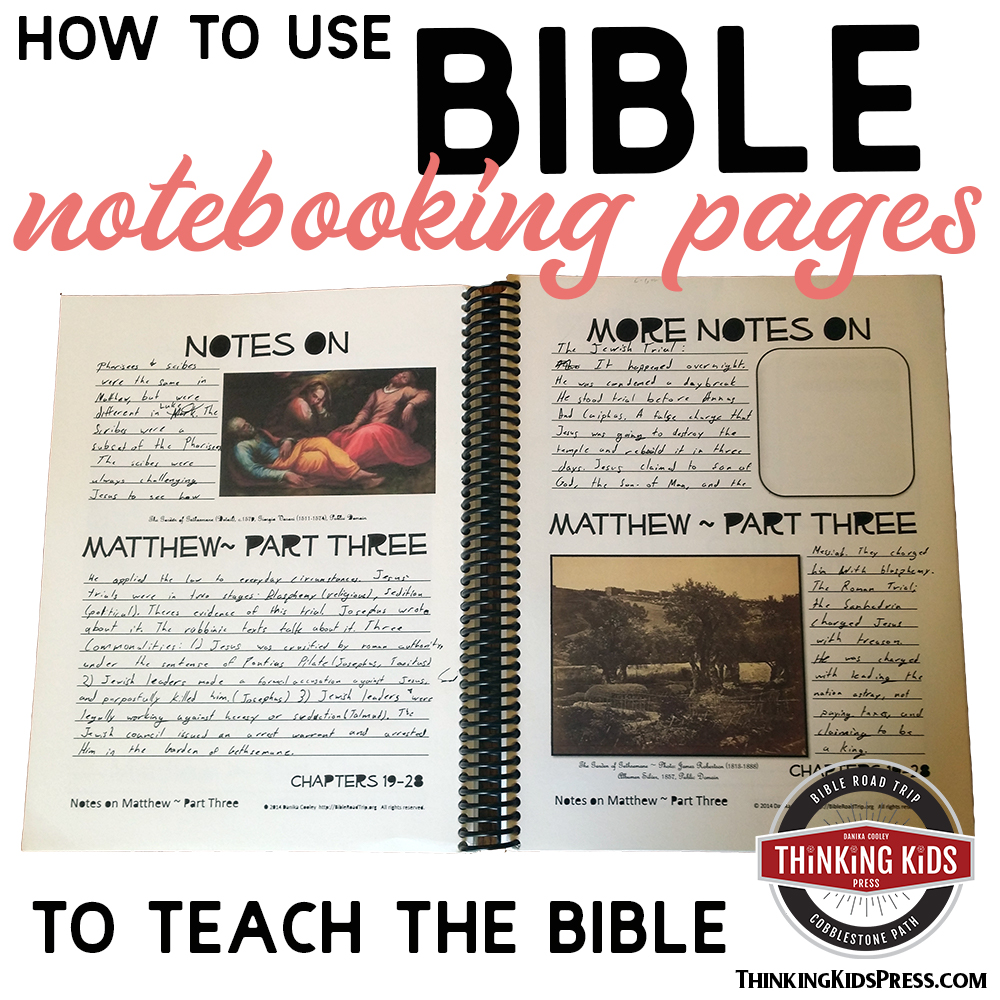
I do it on paper, so that I can carry it around with me, cross things out, highlight, and take notes. I have a five year plan for writing, and a plan for homeschooling through high school.
See what I mean? I plan a lot. I also change the plan frequently. So… why plan if I’m just going to change things as I go?
Let’s look at homeschooling in particular.
My husband and I have clear objectives we want to achieve in our homeschool. There are specific goals I want my children to reach during the coming year, and there are learning experiences I want them to have. I want to be certain my kids learn the skills they’ll need for the future, and there are truths I want to expose them to.
Make a Homeschool Schedule
I plan because achieving our objectives is only possible if I break the work down into weekly chores.
Do I complete everything I plan to, when I plan to? No, I usually don’t.
But I can easily move information around, and make clear decisions, knowing all of the information at once. If we’re sick for two weeks or we’re gifted with the presence of my husband for a few days, I’m able to make good choices on what to reschedule, and what to drop altogether.
Why You Should Make a Homeschool Schedule for the Entire Year
Planning my homeschooling schedule for the year (or the quarter) is a huge benefit to me. It will be for you as well. Let’s talk about some of the things that occur if you don’t plan out your homeschool daily schedule.
When you don’t plan, you:
- Don’t know what your goals are.
- Lose track of your objectives.
- Wonder if your doing the right thing with your day.
- React to the concerns of the day rather than staying on track for the week.
- Feel out-of-control.
- Are not able to take breaks without a feeling of guilt.
- Don’t teach half the information you’d like to.
- Have no backup when you’re not on top of your game.
If you use Thinking Kids Press’ My Homeschool Planning Journal, you’ll find fifty weekly homeschool schedules and fifty daily homeschool schedules.
Plan your homeschool objectives, your subjects and curriculum, and your weekly and daily schedules with the My Homeschool Planning Journal.
How to Work on a Homeschool Schedule
Planning the school year takes me about two weeks (adjusted for a board game and trip to the science museum here or there). For me, it’s time well-spent. I gather and organize my materials and plans for the year in advance.
While I may adjust the plan as we go along, I only need to spend about 15 minutes every Monday morning figuring out what I’m doing for the week.
One of the reasons this works for me is that I plan our school year by week, and then write the number of each week on my calendar. If I need to move the weeks, I can. On Mondays, I take a look at our week and decide what needs to be done on each day.
![Homeschool Curriculum Planner [In Three Designs]](jpg/plan-sq.jpg)
1) Schedule Weekly Work for Each Class
I take each curriculum I’m using and schedule the work throughout the weeks on my homeschool planner. Many curricula, like Bible Road Trip™, will give you the work load broken into weekly chunks. I write the reading and writing assignments for that week on the weekly homeschool schedule.
Once I’ve scheduled one class, I’ll go back to week one and schedule the next class. If I’m creating the class, this is a good opportunity for me to make sure the work is evenly distributed so my kids don’t get overwhelmed.
2) Schedule Daily Work
I usually let my kids schedule their daily work now that they’re older. They know their are classes they must do each day, like Bible Road Trip™ and math. Beyond that, they can choose what they’d like to read for the day.
I do find that I must schedule papers, labs, and tests onto particular days. It really doesn’t work for us if we try to save these big, taxing assignments for Friday. It helps if I spread them out over a number of days during the week.
3) Write the week numbers on the calendar
Lastly, you’ll want to go through your calendar and write in the week numbers. For instance, if you plan to start week one of the school year on the first full week in September, simply write “Week 1” on that Sunday. On the next Sunday, write “Week 2”.
Be sure to take weeks off at regular intervals.
We follow a 36 week school schedule. We take a week off for Thanksgiving and Spring, and two weeks off for Christmas. We take a full summer break, because in our coastal climate it makes sense to get outside when it’s actually sunny.
If you follow a year round schedule, you’ll want to develop a rhythm that works for you. I know many families work six weeks on and one week off.
Writing the week numbers on your calendar will help you see what you’re doing. When real life gets bumpy (and it will), you can spread a week of homeschool over two weeks or simply shift the weeks around without having to rewrite your whole plan.
Ok, I’ve made the case for making a whole year’s homeschool schedule at once.
What do you think? Will you try it? Do you already do this?
Books Make Great Gifts!
Teach Your Kids the Bible with Bible Road Trip™

Bible Road Trip™ is a three-year Bible survey curriculum. Take your family through the Bible five times from preschool to high school.
To help you get the most out of your studies, Bible Road Trip™ has an array of coordinating weekly activities:
- Researching the section of the Bible you’re studying
- Reading and discussing the Bible
- Memorizing Scripture
- Notebooking about your studies
- Praying for the nations
- Suggestions for further study
- Crafting about what you’ve learned
- For your older students: A project to share what they’ve learned
- Bible Road Trip™ also has some great tools you can use along with it, such as:
- Notebooking Journals for grades 1-9. Want a structured notebooking journal for high school? Don’t hesitate to use the Dialectic journal (grades 7-9).
- Bible Memory Card Sets for all five levels of study, preschool to high school. These are available in both ESV and KJV.
Grab your Bible Road Trip™ Year One Sample Pack. You’ll get:
- The Bible Road Trip™ Parent / Teacher Guide.
- The first three weeks of the curriculum for all five learning levels. Week Three is where we really dive into the Bible and begin to our systematic study. Week Three will give you a good feel for the rest of the curriculum.
- The first three weeks of the Bible Memory Card sets for all five levels, in ESV and KJV.
- The first three weeks of each of the three leveled Notebooking Journals.
Grab the Sample Pack for FREE:

Disciple your kids by taking your family through the Bible together in a meaningful way!

Bible Road Trip™ Curriculum
Take a look inside the Bible Road Trip™ curriculum! Let me show you around:
Bible Resources for Your Kids
Learn More HereLearn More HereLearn More HereLearn More HereLearn More HereLearn More Here
More Thinking Kids Posts You’ll Love

Join the newsletter

Get the Family Prayer Box Project FREE!
Teach your children to pray with this fun project that includes 7 printable sets!






























































































































































Leave a Reply